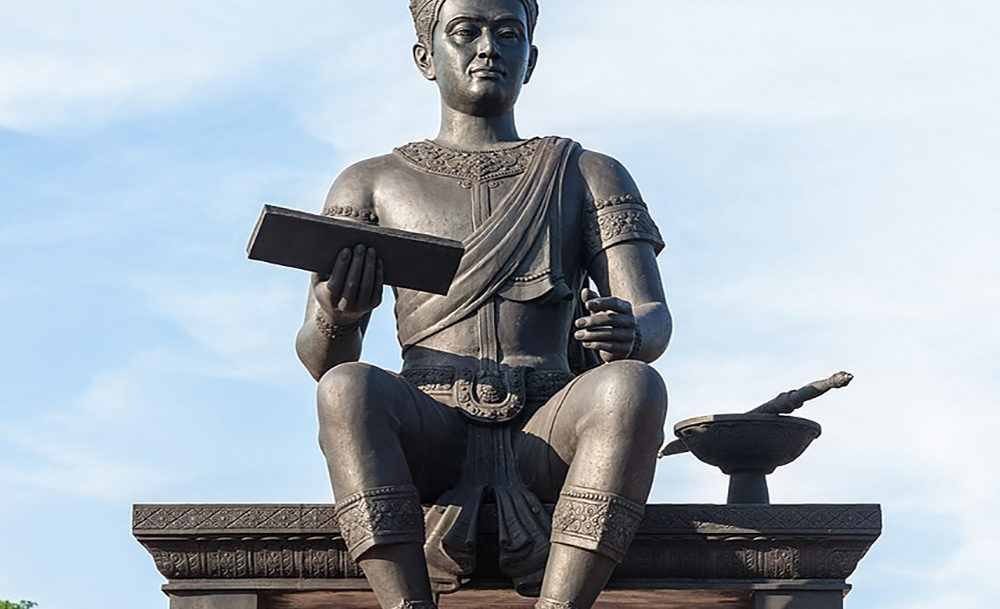(Statue of King Ramkamhaeng, at Sukhothai Historic Park in Thailand. Photo Credit: Wikimedia Commons)
In which we meet the Tai: our protagonists (or at least, their ancestors) for the remainder of this season.
The Tais originated in southern China, and faced pressure from the Chinese as they crossed the Yangzi River south from their own homeland along the Yellow River. In their encounters with the Chinese, the Tai learned advanced agricultural techniques, but also faced a choice: Assimilate or leave.
The Tai chose to leave, fleeing for the hills of Yunnan and Guangxi province. But in time, the Chinese would once again try to pacify those they called “Barbarians”, forcing the Tais to resist. Eventually, for many Muang, or Tai chiefdoms, the pressure became too much and they embarked on a grand journey to the south: the Tai migrations.
In the process, they became transformed as a people by those they encountered along the way, and the societies they found when they settled in Southeast Asia. This culminated in the so-called “Tai Century” – the dramatic close to the Southeast Asian Classical Age as the Tais took over Khmer and Dvaravati cities, converted to Buddhism and learned to write and record their own history and decrees.




